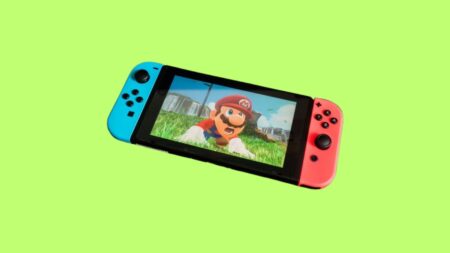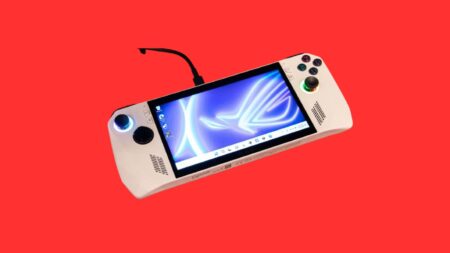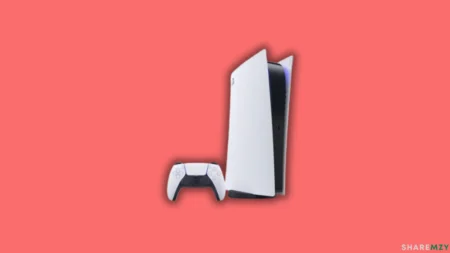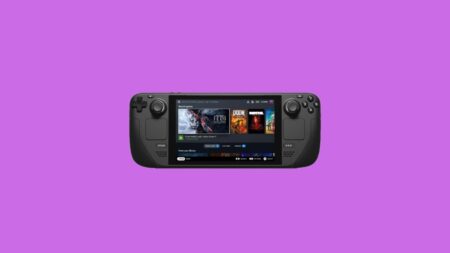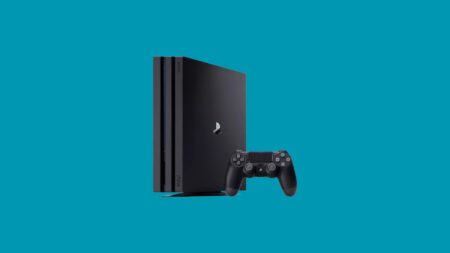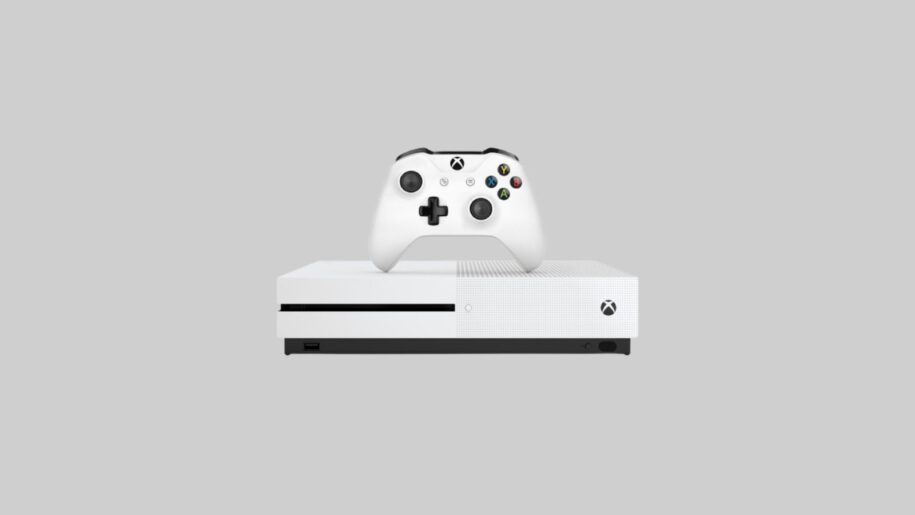
The Xbox One is powered by a custom AMD GPU based on the GCN (Graphics Core Next) architecture. Integrated into the system-on-chip (SoC) design, the video card features 12 compute units, offering a total of 768 stream processors. With a clock speed of 853 MHz and shared 8GB DDR3 memory, the Graphics Card delivers performance comparable to a Radeon HD 7770 or Nvidia GTX 750.
Designed for 720p to 1080p gaming, the Xbox One Video Card provides smooth performance in most titles, prioritizing optimization for console-exclusive games. While its raw power is modest compared to modern GPUs, it effectively handles the demands of the Xbox One’s gaming library through hardware and software tuning.
What GPU does Xbox One Have?
The Xbox One is equipped with a custom AMD Graphics Card codenamed “Durango.” Built on a 28nm process, this integrated graphics processor delivers around 1.31 teraflops of performance. It supports DirectX 11.2 and incorporates dedicated hardware for audio processing and video encoding/decoding, enhancing the overall efficiency of the system.
The Video Card shares 8GB of DDR3 RAM with the CPU. While DDR3 is slower than GDDR5 used in other gaming systems of its time, the Xbox One’s inclusion of ESRAM (32MB) compensates by boosting memory bandwidth, optimizing performance for graphics-intensive applications and games.
1. AMD Radeon RX 6600 XT

he AMD Radeon RX 6600 XT is a modern mid-range GPU that vastly outperforms the Xbox One’s Video Card in all aspects. Released in 2021, it delivers approximately 10–11 teraflops of computational power, significantly surpassing the Xbox One’s 1.31 teraflops. This Graphics Card is built on AMD’s RDNA 2 architecture, providing support for advanced features like ray tracing and higher memory bandwidth.
Specs:
- Stream Processors: 2048
- Video Memory: 8GB GDDR6
- Memory Speed: 16 Gbps
- Power Requirements: 450W PSU
Key Advantages:
- The RX 6600 XT can handle 1080p and 1440p gaming at high frame rates, which is far beyond the Xbox One’s 720p–1080p performance range.
- Its RDNA 2 architecture enables enhanced power efficiency and cutting-edge graphics features that are unavailable on the Xbox One.
- Equipped with 8GB of GDDR6 memory, the RX 6600 XT supports modern games with high-resolution textures and complex shaders.
2. Nvidia GeForce RTX 4070 Ti

The Nvidia GeForce RTX 4070 Ti is a high-end GPU that completely eclipses the Xbox One’s graphics capabilities. Launched in 2023, it boasts an astounding 40 teraflops of performance, nearly 30 times more powerful than the Xbox One’s 1.31 teraflops. Built on Nvidia’s Ada Lovelace architecture, it delivers groundbreaking advancements in gaming and AI-driven features like DLSS 3 and real-time ray tracing.
Specs:
- Cores: 7680 CUDA cores
- Video Memory: 12GB GDDR6X
- Memory Speed: 504.2 GB/s
- Power Requirements: 600W PSU
Key Advantages:
- Capable of 4K gaming at ultra settings with high frame rates, far beyond the Xbox One’s capabilities limited to 720p–1080p at medium settings.
- Advanced features like ray tracing provide hyper-realistic lighting and shadows, while DLSS 3 boosts performance in demanding games using AI.
- Equipped with 12GB of GDDR6X memory, ensuring seamless gameplay even with the most resource-intensive textures and visual effects.
- Superior memory bandwidth and computational power allow it to excel in gaming, content creation, and AI workloads.
3. Nvidia GeForce GTX 750

The Nvidia GeForce GTX 750 is a close approximation to the Xbox One’s Graphics Card performance. Released in 2014, it features Nvidia’s Maxwell architecture and delivers decent gaming capabilities for its time. Though the Xbox One’s GPU shares similar raw computational power, the console’s fixed hardware environment and custom optimizations give it an edge in some gaming scenarios.
Specs:
- Cores: 512 CUDA cores
- Video Memory: 1GB GDDR5
- Memory Speed: 5 Gbps
- Power Requirements: 250W PSU
Key Comparisons to Xbox One:
- The GTX 750 is suitable for 720p–1080p gaming at low to medium settings, similar to what the Xbox One delivers.
- The Xbox One benefits from its 8GB of shared DDR3 RAM with ESRAM, which helps mitigate memory bandwidth limitations in gaming scenarios.
- While the GTX 750 is a PC GPU and lacks the specialized hardware of the Xbox One, it supports a wider range of PC gaming titles, whereas the Xbox One’s Graphics Card benefits from low-level APIs like DirectX 11.2 tailored to its architecture.
4. AMD Radeon HD 7790

The AMD Radeon HD 7790 is one of the closest PC Video Card equivalents to the Xbox One’s graphics capabilities. Both are built on AMD’s GCN (Graphics Core Next) architecture, offering comparable raw compute power. However, the Xbox One’s Graphics Card is optimized for fixed hardware and features custom ESRAM, allowing it to achieve higher efficiency in some gaming scenarios.
Specs:
- Stream Processors: 896
- Video Memory: 1GB GDDR5
- Memory Speed: 6 Gbps
- Power Requirements: 250W PSU
Key Comparisons to Xbox One:
- The HD 7790 delivers 1080p gaming at low to medium settings, closely mirroring the Xbox One’s typical performance.
- Unlike the Xbox One, which has shared 8GB DDR3 RAM with 32MB ESRAM for memory bandwidth optimization, the HD 7790 relies solely on its 1GB GDDR5 memory, which may limit its performance in high-bandwidth scenarios.
- The Xbox One’s GPU benefits from custom APIs and low-level optimizations, allowing it to outperform the HD 7790 in games specifically designed for the console.
